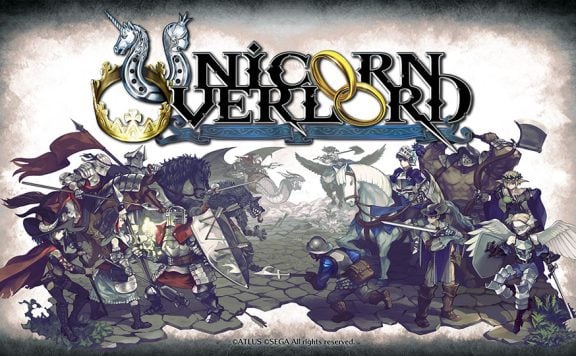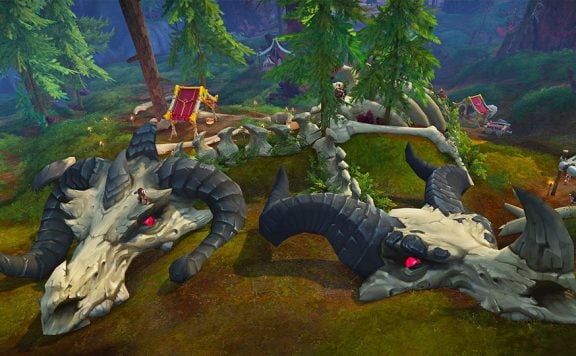Klondike Solitaire Turn One: A Timeless Game of Strategy and Solitude
A card game of elegance and endurance, Klondike Solitaire, also known as ‘Patience’ in some parts of the world, has held steadfast in its popularity throughout the centuries. Born of a curious mix of circumstance, necessity, and leisure, Klondike Solitaire has its roots embedded in the culture of the late 19th century. Today, the game continues to entertain a global audience and can be played on online platforms such as Subgame, making it accessible to anyone with a computer and an internet connection.
Interestingly, the game’s namesake – ‘Klondike’ – is borrowed from the Canadian region that bore witness to a gold rush around the same time. This suggests a possible connection between the game and the fortune-seekers of that era, although direct evidence is elusive. People in search of gold may have turned to this solitary game to while away the long, harsh winter nights, adding a layer of intrigue to the game’s history.
The first documented instance of Klondike Solitaire appears in 1898, in the collection “Round Games with Cards” by Professor Hoffmann. Despite its fairly recent documentation, Klondike Solitaire’s existence likely predates its first written account, considering its simplicity and easy set-up with a regular deck of cards.
The Basics of Klondike Solitaire Turn One
Klondike Solitaire is typically played with a single player, but variations for multiple players do exist. The game is played with a standard 52-card deck, without jokers. The term ‘Turn One’ refers to the ruleset where only one card is drawn from the stockpile at a time, as opposed to ‘Turn Three,’ where three cards are drawn. This guide will focus on the ‘Turn One’ version of the game.
The objective of the game is to build four foundation piles, one for each suit, in ascending order from Ace to King.
The game starts by dealing seven piles of cards on the tableau. The first pile contains one card, the second pile contains two cards, and so on, up to the seventh pile, which contains seven cards. Only the top card of each pile is face-up, the rest are face-down.
The remaining cards form the stockpile, which you draw from one card at a time.
The Advantage of Playing Klondike Solitaire Turn One
Playing Klondike Solitaire Turn One has its unique advantages. This version of the game allows for a greater degree of control and strategic planning. By revealing one card at a time, you have a clearer view of your potential moves and how they might affect your game plan. It also leaves less to chance, as the success of your game relies more on decision-making skills than luck. Additionally, this version is typically easier and has a higher win rate, making it a great starting point for beginners learning the ins and outs of the game.
Strategies and Techniques
Here’s how to play the game:
- Reveal Hidden Cards: Your first task is to reveal the face-down cards on the tableau. This can be done by moving the face-up cards to the foundations or onto other piles.
- Build on Tableau Piles: Only cards of opposite colors and descending rank can be placed on each other in the tableau. For instance, a black 6 can be placed on a red 7.
- Flip from Stockpile: Draw one card at a time from the stockpile. You can place these onto the tableau or directly onto the foundations.
- Build Foundations: Move cards from the tableau or the stockpile onto the foundations. These have to be of the same suit and in ascending order, starting from Ace up to King.
- Cycle through Stockpile: If you’ve gone through the stockpile without making all the moves you’d like, don’t worry. In Klondike Turn One, you can cycle through the stockpile as many times as you need.
- Empty Tableau Spaces: If you’ve cleared a pile in the tableau, you can fill the empty space with a King.
Winning the game requires a mix of strategic planning and a dash of luck. Although some hands are simply unwinnable, the thrill of Klondike Solitaire lies in its uncertainty, with each shuffle of the deck presenting a unique challenge to overcome.





